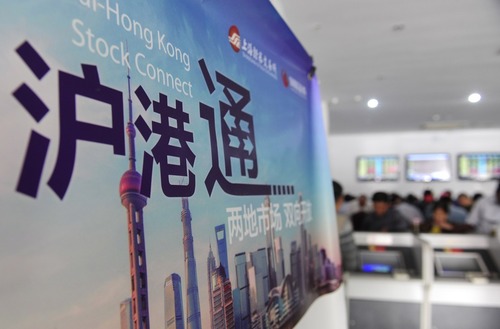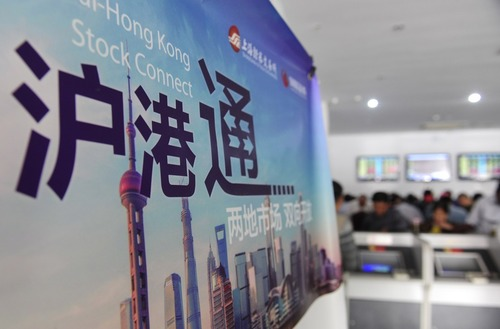
BEIJING, Jan. 30 (Xinhua) -- Northbound investors, referring to those entering A-share market through the Chinese mainland-Hong Kong Stock Connect schemes, contributed 112.5 billion yuan of net capital influx in the first 20 days of January, reported Xinhua Finance on Sunday.
The figure, which represents their net buying of qualified A-shares and exchange traded funds (ETF) on the Shanghai and Shenzhen bourses via the Stock Connect, already outran the comparable aggregate for 2022 at 90.02 billion yuan, showed data on the Xinhua Finance terminal.
Different from the past, northbound investors' purchasing preference is changing over time and growth industries represented by new energy are gaining more and more attention from northbound investors.
By closing of January 20 before the Spring Festival holiday during Jan. 21-27, industries in which northbound investors bought related A-shares were relatively diversified. Liquor making, insurance and banking industries turned out the top three sectors in which northbound investors added the most A-share holdings by market capitalization (market cap). They added respectively 19 billion yuan, 10 billion yuan and 9.9 billion yuan of A-share holdings in the three industries in the first 20 days of January.
For a long time, northbound capital is dubbed as the investment wind vane for other types of capital. Since 2014 when the Stock Connect was launched, northbound investors have showed favor towards A-shares in finance and consumption sectors.
But diversified holdings composition is becoming a new trend for northbound investors alongside their growing capital inflows into the A-share market and the expansion of qualified investable A-shares in recent years.
As the strategy research team of Industrial Securities held, after the past few years of capital influxes, A-shares held by overseas investors accounted still for a low proportion of the total A-share market cap as compared with other stock markets.
Under their unchanged investment logic of bargain hunting, external capital inflows are likely to return along with the easing disturbances both from home and abroad in 2023, predicted the strategy research team. (Edited by Duan Jing with Xinhua Silk Road, duanjing@xinhua.org)




 A single purchase
A single purchase









